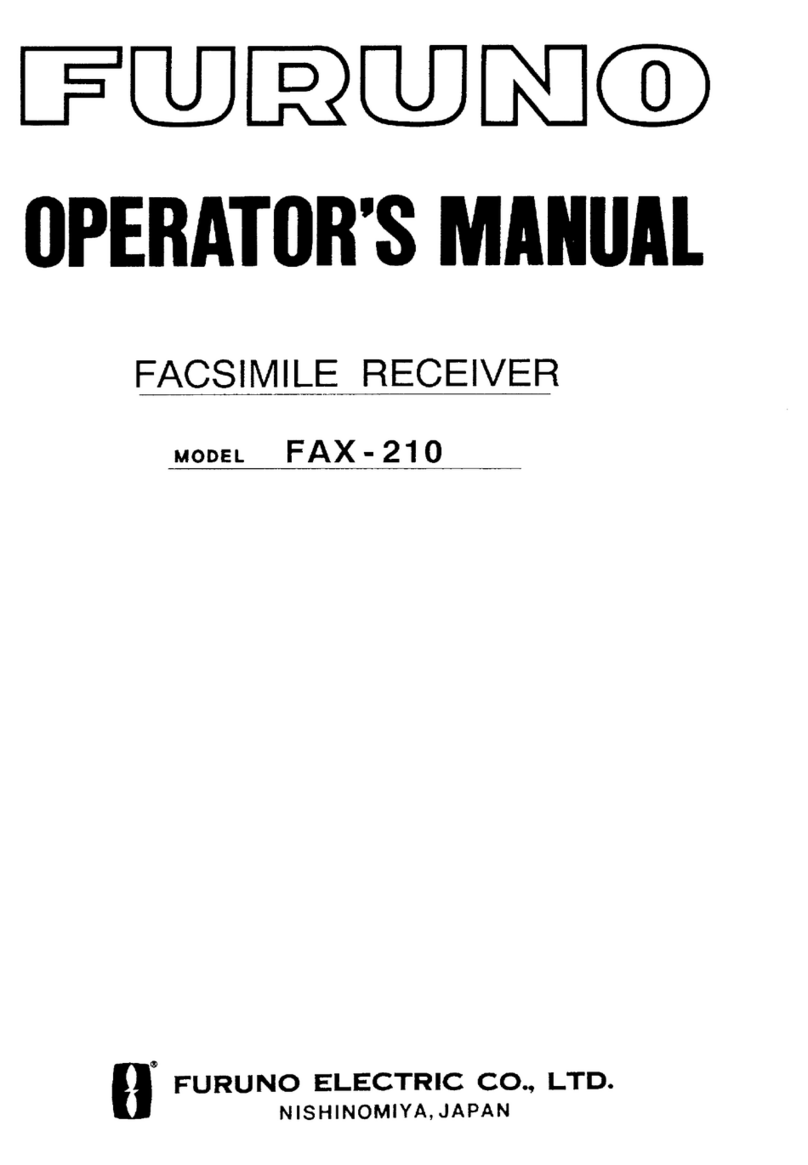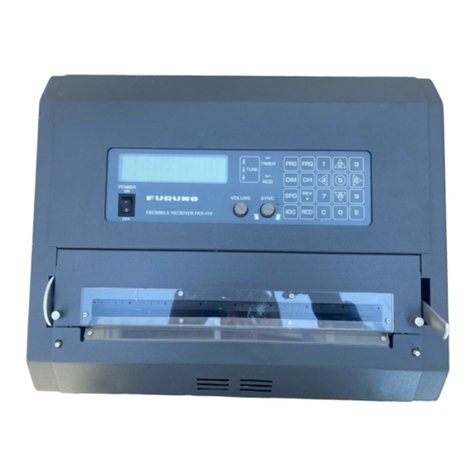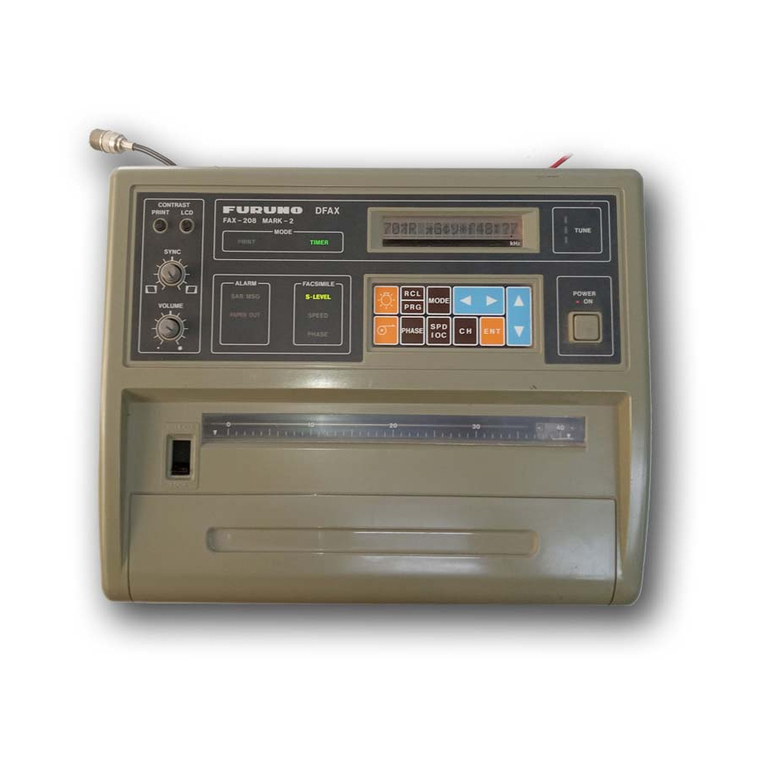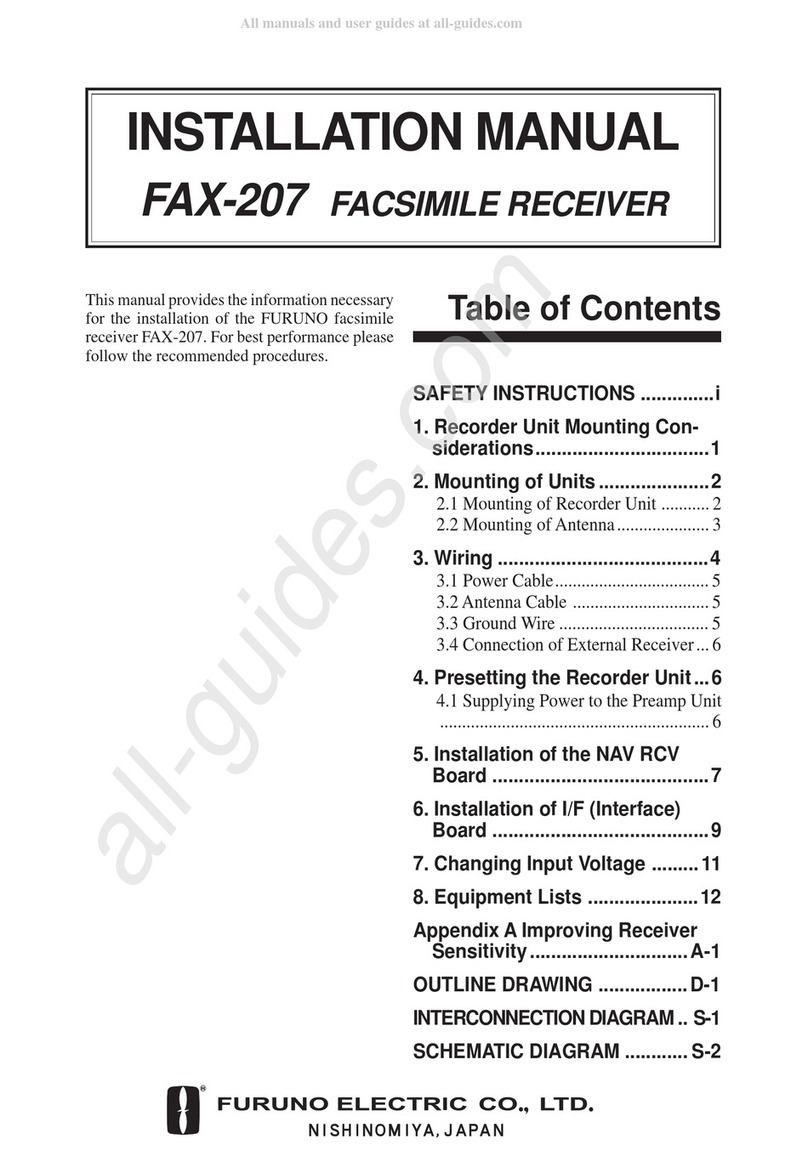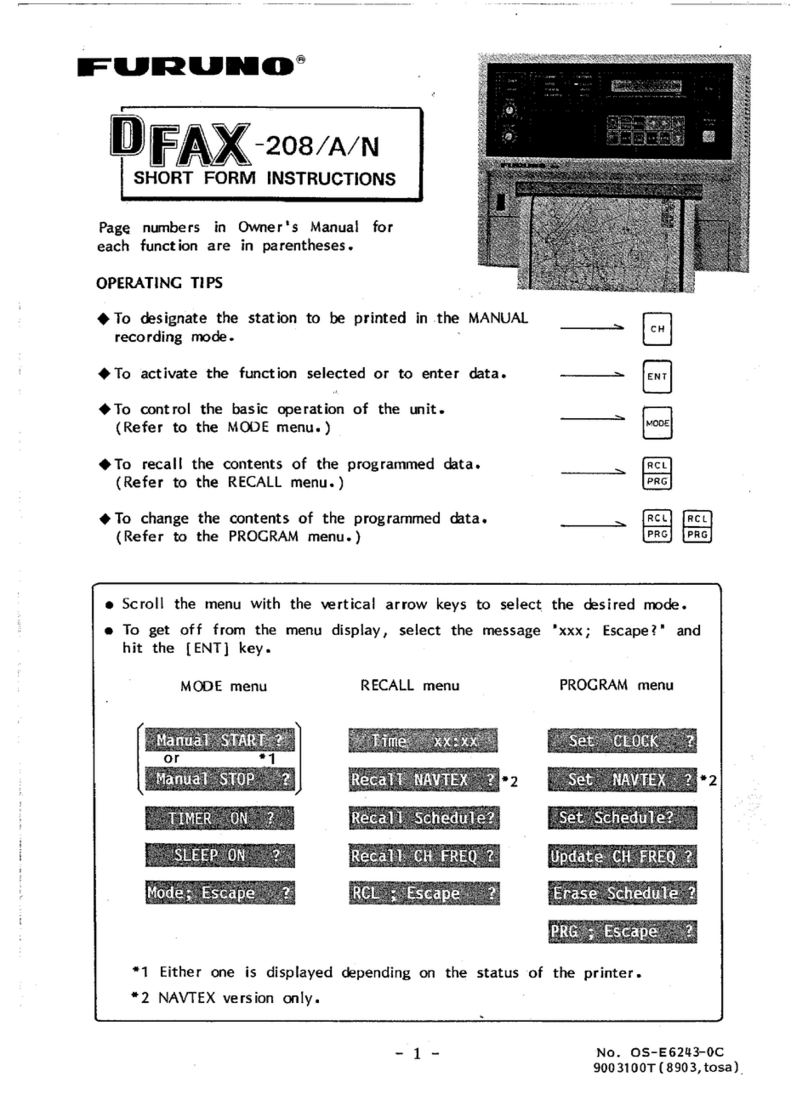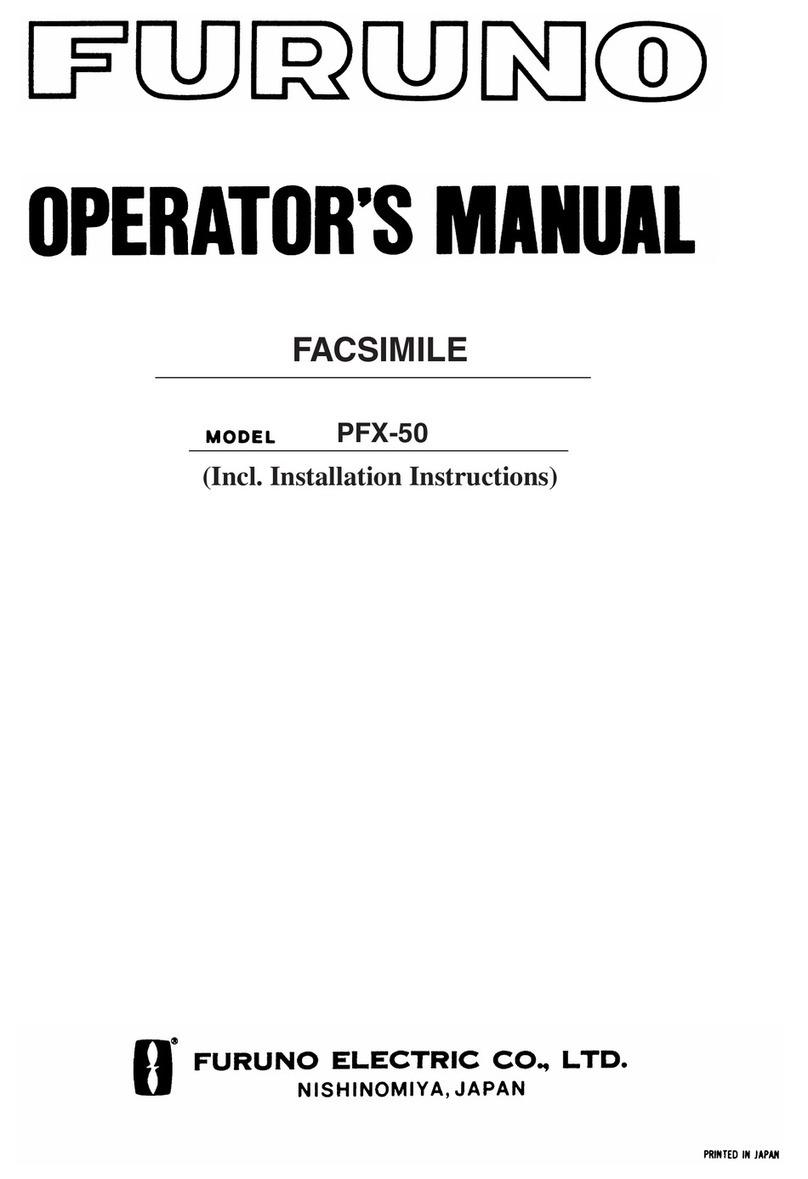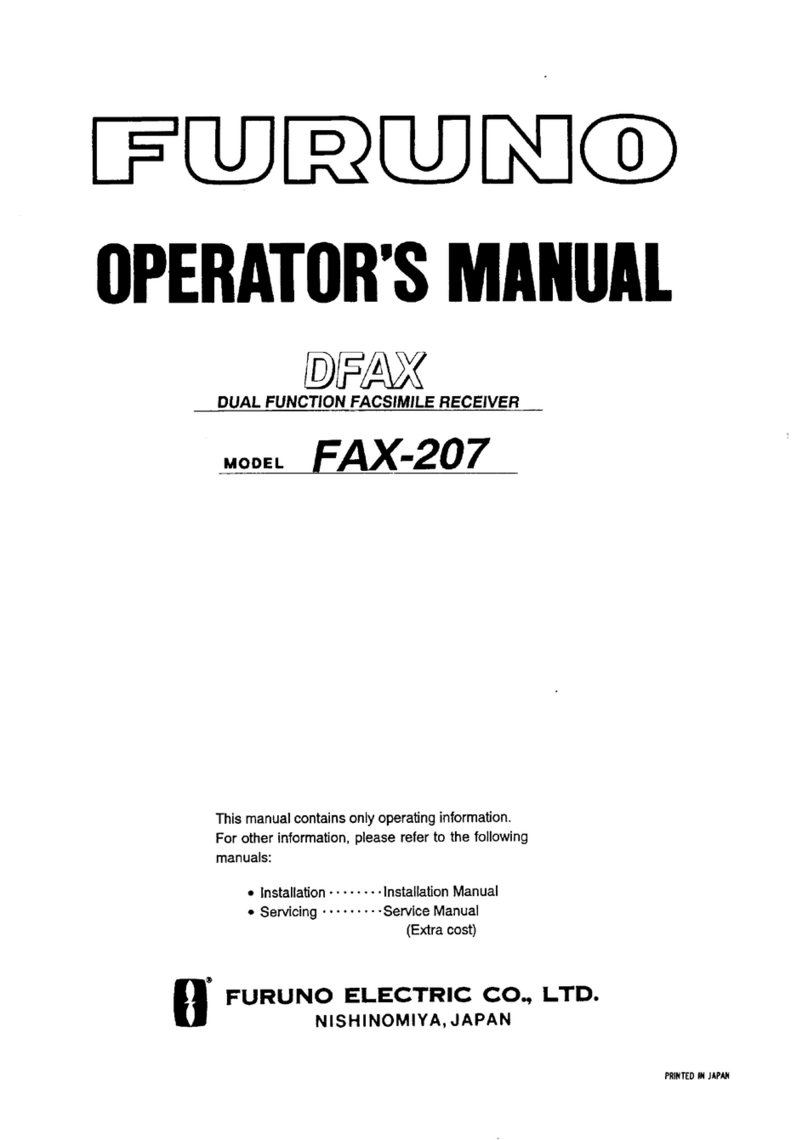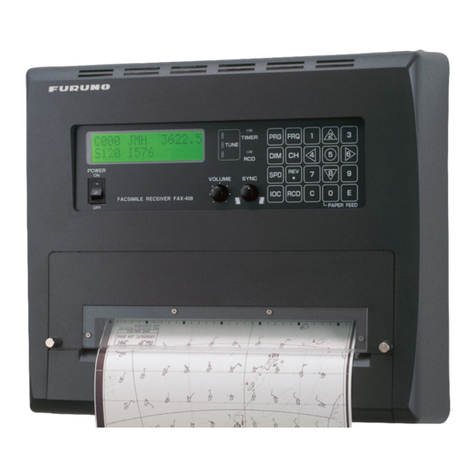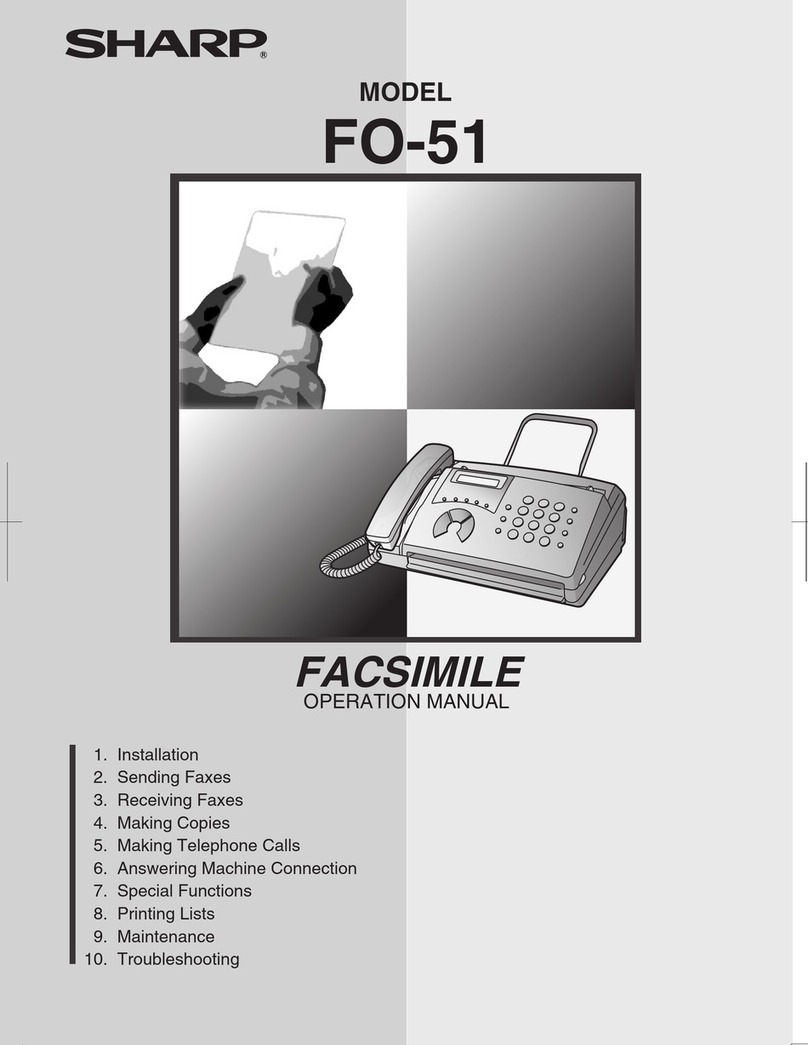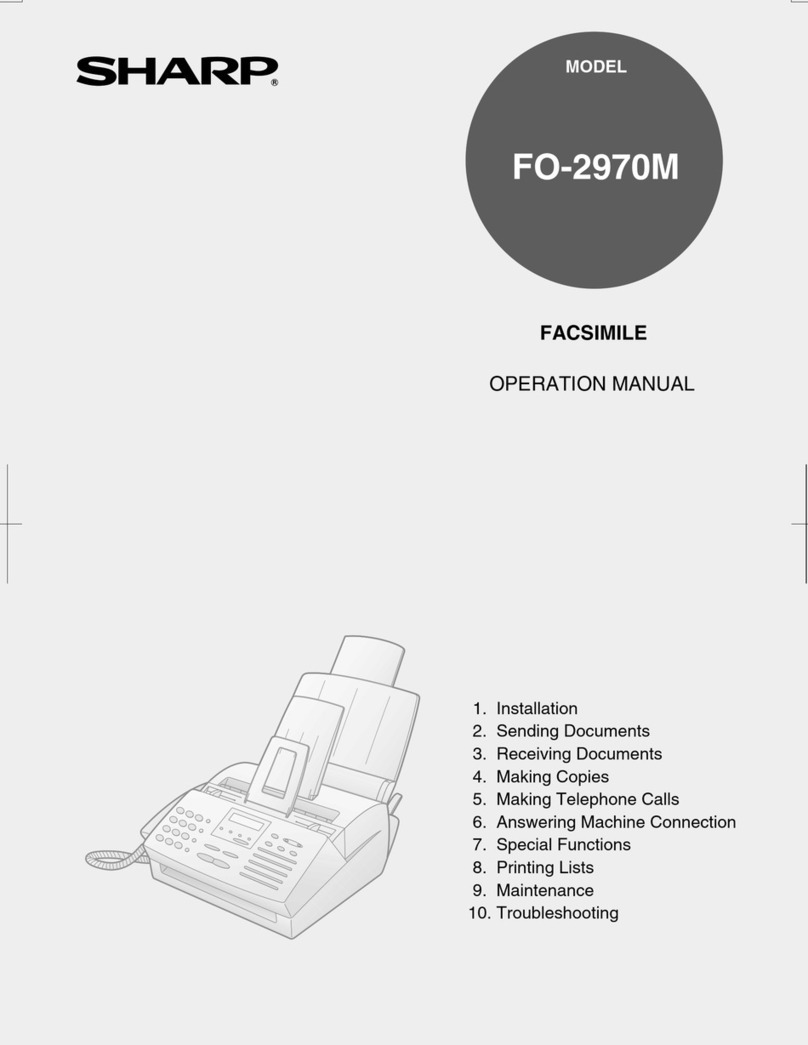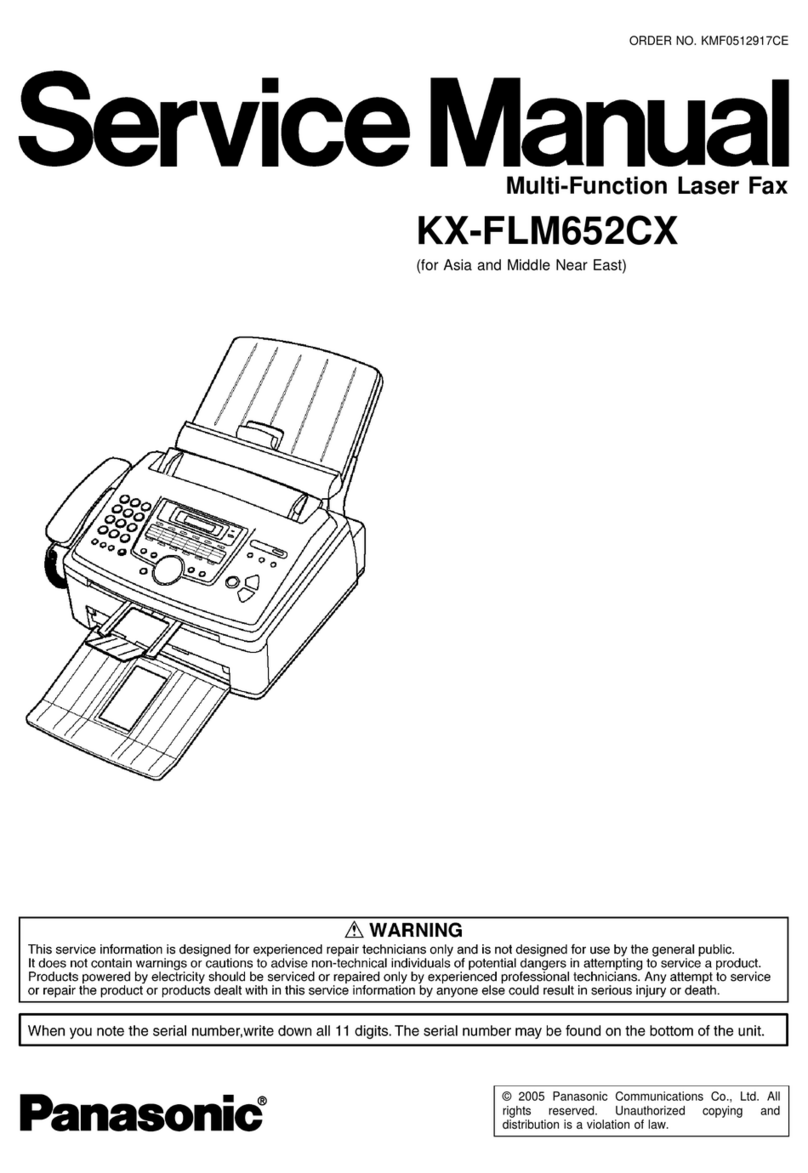
i
TABLE OF CONTENTS
FOREWORD..................................................................................................................vi
EQUIPMENT LIST.........................................................................................................vii
SYSTEM CONFIGURATION........................................................................................viii
1. OPERATION.............................................................................................................1
1.1 Control Description.................................................................................................................1
1.2 Turning the Power On/Off.......................................................................................................3
1.3 Adjusting LCD Contrast..........................................................................................................3
1.4 Adjusting LCD Brilliance and LED Brightness........................................................................3
1.5 Channel and Frequency Displays...........................................................................................3
1.5.1 Channel setting...........................................................................................................3
1.5.2 Fine adjustment of frequency, selection of desired frequency...................................4
1.6 Automatic Receiving...............................................................................................................4
1.7 Manual Receiving...................................................................................................................5
1.8 Timer Receiving......................................................................................................................6
1.8.1 Registering timer programs ........................................................................................6
1.8.2 Choosing timer programs for timer reception.............................................................7
1.8.3 Disabling timer operation when awaiting reception....................................................7
1.8.4 Unlocking keyboard during timer reception................................................................7
1.8.5 Confirming timer programs.........................................................................................8
1.9 Processing Facsimile Images.................................................................................................9
1.9.1 Speed and IOC ...........................................................................................................9
1.9.2 Manual phasing.........................................................................................................10
1.9.3 Synchronization ........................................................................................................10
1.9.4 Reverse mode...........................................................................................................10
1.10 Sleep Timer...........................................................................................................................11
10.1.1 Activating the sleep timer..........................................................................................11
10.1.2 Unlocking keyboard during sleep timer ....................................................................11
10.1.3 Disabling the sleep timer ..........................................................................................11
1.11 Setting the Date and Time....................................................................................................12
1.12 Adding Facsimile Channels..................................................................................................13
1.13 ISB Function .........................................................................................................................14
1.13.1 Enabling, disabling ISB function...............................................................................14
1.13.2 Setting ISB shift width...............................................................................................14
1.14Operation with an External Receiver....................................................................................15
1.14.1 Enabling, disabling external receiver use.................................................................15
1.14.2 Operation ..................................................................................................................15
2. MAINTENANCE .....................................................................................................17
2.1 Backup Battery .....................................................................................................................17
2.2 Lubrication and Cleaning......................................................................................................17
2.3 Replacement of Fuse............................................................................................................18
2.4 Replacement of Recording Paper........................................................................................18
2.5 Clearing the RAM .................................................................................................................21
